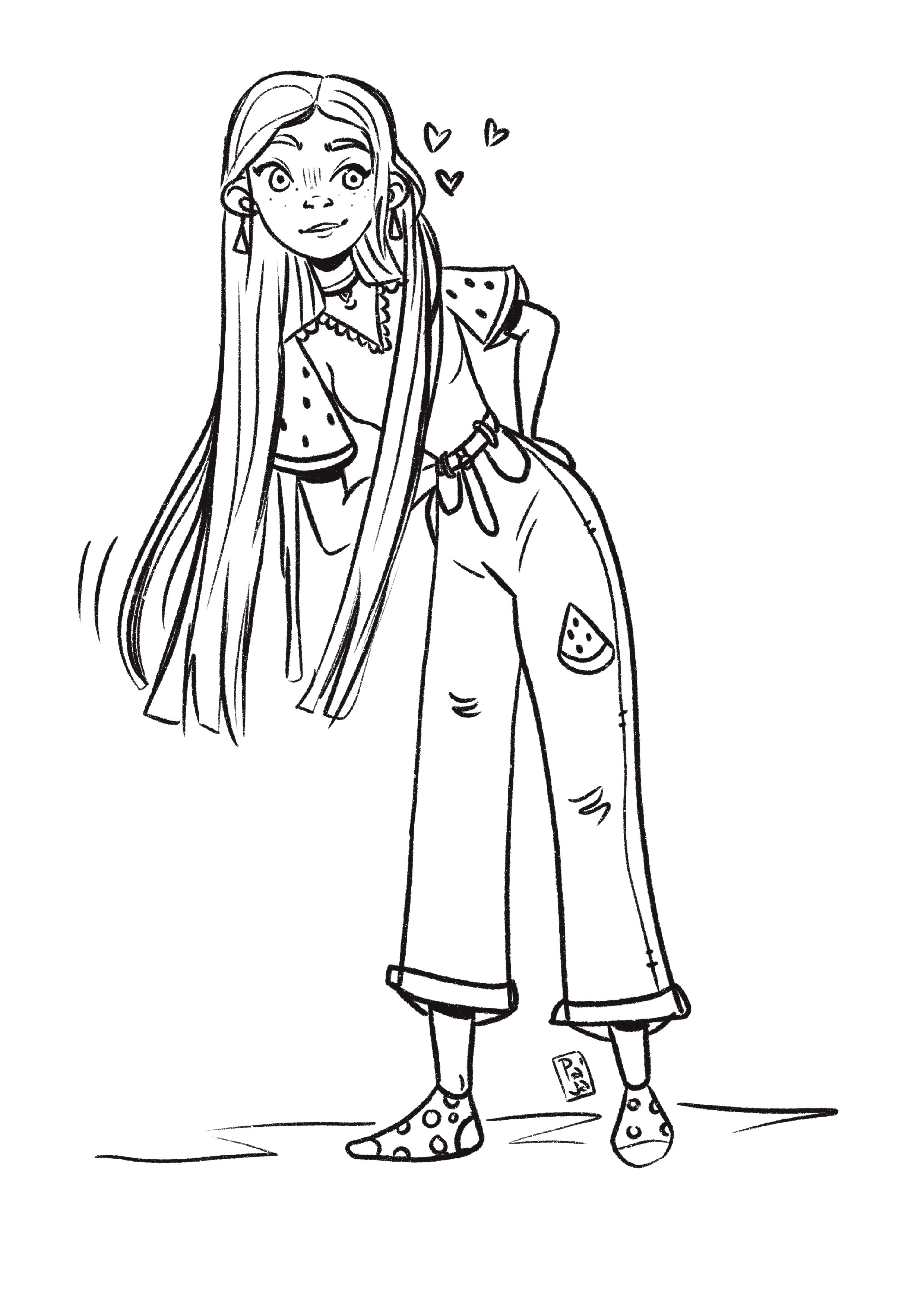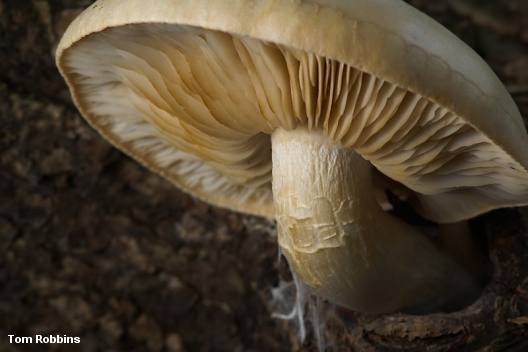Your What does a covalent bond look like images are ready. What does a covalent bond look like are a topic that is being searched for and liked by netizens today. You can Download the What does a covalent bond look like files here. Find and Download all royalty-free images.
If you’re looking for what does a covalent bond look like images information connected with to the what does a covalent bond look like keyword, you have pay a visit to the right site. Our website always provides you with hints for refferencing the maximum quality video and picture content, please kindly search and find more informative video articles and graphics that fit your interests.
What Does A Covalent Bond Look Like. Double covalent bonds are created by the sharing four electrons of the two atoms in order to fulfill the octet rule. Covalent bonds form between two nonmetal atoms with identical or relatively close electronegativity values. More electronegative elements in a covalent bond will gain a partial negative charge 𝛿- whereas less electronegative elements in a. Covalent bonding results in the formation of molecules or giant structures.
 Pin On Ways To Say From pinterest.com
Pin On Ways To Say From pinterest.com
What does a single covalent bond look like. With degrees of strength in each. A covalent bond in chemistry is a chemical link between two atoms or ions in which the electron pairs are shared between them. These electron pairs are known as shared pairs or bonding pairs and the stable balance of attractive and repulsive forces between atoms when they share electrons is known as covalent. Now that we have looked at electron sharing between atoms of the same element let us look at covalent bond formation between atoms of different elements. What does covalent bond look like.
With degrees of strength in each.
Double covalent bonds are created by the sharing four electrons of the two atoms in order to fulfill the octet rule. A bond forms when the bonded atoms have a lower total energy than that of widely separated atoms. What does covalent bonding look like in a diagram. Consider a molecule composed of one hydrogen atom and one fluorine atom. A covalent bond is a shared pair of electrons. This type of bond may also be found in other chemical species.
 Source: pinterest.com
Source: pinterest.com
A covalent bond in which a shared pair of electrons is supplied by one of the bonding atoms only. A covalent bond is the same as a ionic bond. Substances with covalent bonds often form molecules with low melting and boiling points such as hydrogen and water. Eg NH3 H NH4 H H H-N. Each atom needs one additional electron to complete its valence shell.
 Source: pinterest.com
Source: pinterest.com
What does it mean if a compound is an Octet rule breaker. The three sp 2 hybrid orbitals arrange themselves as far apart as possible - which is at 120 to each. What does it mean if a compound is an Octet rule breaker. Nitrogen oxygen and all but one of the. A covalent bond may also be termed a molecular bond.
 Source: pinterest.com
Source: pinterest.com
What does a single covalent bond look like. The two atoms share a pair of electrons. The octet rule tells that the atoms will share lose or gain their electrons to achieve eight valence electrons. What does a polar covalent bond look like. An ionic bond is an electrostatic force of attraction between a positive metal ion and a negative non-metal ion.
 Source: cz.pinterest.com
Source: cz.pinterest.com
Nitrogen oxygen and all but one of the. What does covalent bond look like. Single Covalent Bonds Between Different Atoms. These electron pairs are known as shared pairs or bonding pairs and the stable balance of attractive and repulsive forces between atoms when they share electrons is known as covalent. Organic Chemistry Lewis Structures and Bonding Covalent Bonds.
 Source: cz.pinterest.com
Source: cz.pinterest.com
A covalent bond forms when the difference between the electronegativities of two atoms is too small for an electron transfer to occur to form ions. Covalent bonds form between two nonmetal atoms with identical or relatively close electronegativity values. I am an adult software developer and would like to re-learn chemistry at high schoolearly university level I played the system in high school and got by without learning much. A covalent bond may also be termed a molecular bond. Covalent bonds are strong a lot of energy is needed to break them.
 Source: pinterest.com
Source: pinterest.com
Nitrogen oxygen and all but one of the. What does covalent bond look like. The two atoms share a pair of electrons. Single Covalent Bonds Between Different Atoms. What does it mean if a compound is an Octet rule breaker.
 Source: pinterest.com
Source: pinterest.com
Ionic metallic and covalent. A molecule is polar if the shared electrons are equally shared. What does covalent bonding look like in a diagram. This type of bond may also be found in other chemical species. An ionic bond is an electrostatic force of attraction between a positive metal ion and a negative non-metal ion.
 Source: pinterest.com
Source: pinterest.com
The Octet rule only applys to molecules with covalent bonds. A covalent bond in which a shared pair of electrons is supplied by one of the bonding atoms only. H H-N-H H H-Lone pair donates e- to H-Both electrons come from N to form covalent bond with H. What does covalent bonding look like in a diagram. Only d is true.
 Source: cz.pinterest.com
Source: cz.pinterest.com
Substances with covalent bonds often form molecules with low melting and boiling points such as hydrogen and water. Organic Chemistry Lewis Structures and Bonding Covalent Bonds. What does a polar covalent bond look like. Double covalent bonds are usually made from nonmetals like carbon nitrogen and oxygen. The octet rule tells that the atoms will share lose or gain their electrons to achieve eight valence electrons.
 Source: cz.pinterest.com
Source: cz.pinterest.com
Only d is true. Ionic metallic and covalent. Methane gas CH 4 has a nonpolar covalent bond because it is a gas. There are three basic categories of chemical bonds. A covalent bond also called a molecular bond is a chemical bond that involves the sharing of electron pairs between atoms.
 Source: pinterest.com
Source: pinterest.com
Double covalent bonds are created by the sharing four electrons of the two atoms in order to fulfill the octet rule. Nitrogen oxygen and all but one of the. Covalent bonds form between two nonmetal atoms with identical or relatively close electronegativity values. Double covalent bonds are created by the sharing four electrons of the two atoms in order to fulfill the octet rule. Covalent bonds are strong a lot of energy is needed to break them.
 Source: pinterest.com
Source: pinterest.com
A covalent bond forms when the difference between the electronegativities of two atoms is too small for an electron transfer to occur to form ions. The two atoms share a pair of electrons. Methane gas CH 4 has a nonpolar covalent bond because it is a gas. Eg NH3 H NH4 H H H-N. Only d is true.
 Source: pinterest.com
Source: pinterest.com
Each atom needs one additional electron to complete its valence shell. What does a single covalent bond look like. The new orbitals formed are called sp 2 hybrids because they are made by an s orbital and two p orbitals reorganising themselvessp 2 orbitals look rather like sp 3 orbitals that we discussed in the bonding in methane in the page on single bonds except that they are shorter and fatter. H H-N-H H H-Lone pair donates e- to H-Both electrons come from N to form covalent bond with H. An ionic bond is an electrostatic force of attraction between a positive metal ion and a negative non-metal ion.
 Source: pinterest.com
Source: pinterest.com
The three sp 2 hybrid orbitals arrange themselves as far apart as possible - which is at 120 to each. H H-N-H H H-Lone pair donates e- to H-Both electrons come from N to form covalent bond with H. Hydrogen normally occurs in two-atom or diatomic molecules like this di- means twoSeveral other elements also normally occur as diatomic molecules. Substances with covalent bonds often form molecules with low melting and boiling points such as hydrogen and water. Figure below shows an example of a covalent bond forming between two atoms of the same element in this case two atoms of hydrogen.
 Source: cz.pinterest.com
Source: cz.pinterest.com
Now that we have looked at electron sharing between atoms of the same element let us look at covalent bond formation between atoms of different elements. What does covalent bond look like. A covalent bond forms when the difference between the electronegativities of two atoms is too small for an electron transfer to occur to form ions. A covalent bond in which a shared pair of electrons is supplied by one of the bonding atoms only. Double covalent bonds are usually made from nonmetals like carbon nitrogen and oxygen.
 Source: pinterest.com
Source: pinterest.com
There are three basic categories of chemical bonds. H H-N-H H H-Lone pair donates e- to H-Both electrons come from N to form covalent bond with H. Single Covalent Bonds Between Different Atoms. What does a polar covalent bond look like. A covalent bond may also be termed a molecular bond.
 Source: cz.pinterest.com
Source: cz.pinterest.com
What does a single covalent bond look like. Covalent bonds are strong a lot of energy is needed to break them. Methane gas CH 4 has a nonpolar covalent bond because it is a gas. A covalent bond in which a shared pair of electrons is supplied by one of the bonding atoms only. Organic Chemistry Lewis Structures and Bonding Covalent Bonds.
 Source: cz.pinterest.com
Source: cz.pinterest.com
The three sp 2 hybrid orbitals arrange themselves as far apart as possible - which is at 120 to each. Double covalent bonds are usually made from nonmetals like carbon nitrogen and oxygen. I can read a formula know what a covalent bond is and I know I should not drink HCl unless mixed with NaOH and then only sparingly not heart friendly at my age. The binding arises from the electrostatic attraction of their nuclei for the same electrons. More electronegative elements in a covalent bond will gain a partial negative charge 𝛿- whereas less electronegative elements in a.
This site is an open community for users to do sharing their favorite wallpapers on the internet, all images or pictures in this website are for personal wallpaper use only, it is stricly prohibited to use this wallpaper for commercial purposes, if you are the author and find this image is shared without your permission, please kindly raise a DMCA report to Us.
If you find this site convienient, please support us by sharing this posts to your preference social media accounts like Facebook, Instagram and so on or you can also bookmark this blog page with the title what does a covalent bond look like by using Ctrl + D for devices a laptop with a Windows operating system or Command + D for laptops with an Apple operating system. If you use a smartphone, you can also use the drawer menu of the browser you are using. Whether it’s a Windows, Mac, iOS or Android operating system, you will still be able to bookmark this website.






